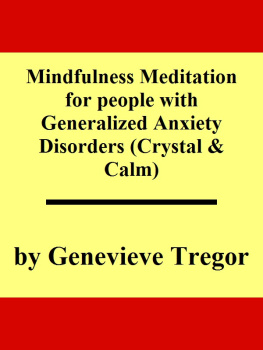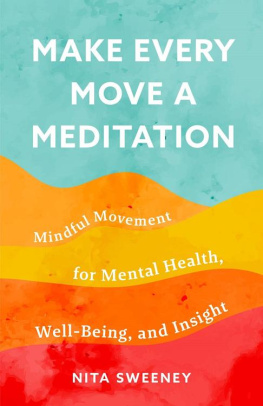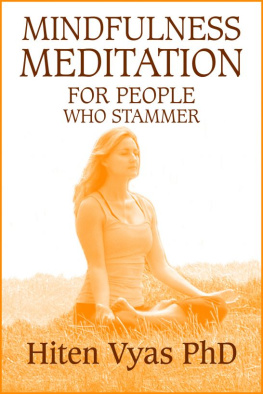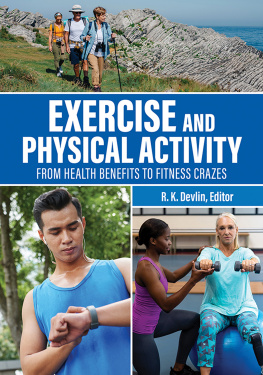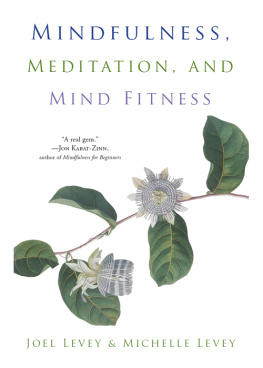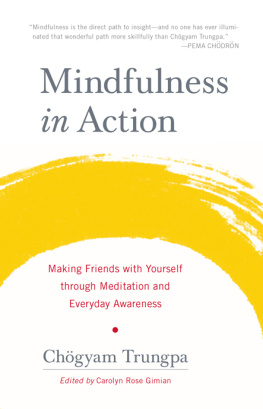


Crystal Calm was designed for people who suffer from excessive, daily anxiety, who want to heal their minds through meditation. Perhaps you have already tried, but found it too difficult because relaxing the mind seems virtually impossible, or you found meditation to be a fearful experience. This site is for people who move through their day controlled by a , who find themselves searching through a tedious and confusing world of information about meditation.
Looking for tools to help oneself with this condition is often a very difficult and disheartening experience. There always seems to be someone who has all the answers, who lists the steps of meditation one by one, but none of them seem to work. Meditation can have extraordinary benefits, but if one tries and fails, the feeling of being incapable of helping oneself gain control of their anxiety is more than discouraging. This site is not only designed to walk you through that are not as common with people without the disorder. Although this site is tailored specifically for people with GAD, anyone with a desire to ease their stress and anxiety can benefit from the meditation exercises and information theyll find.
This site combines both eastern and western philosophies, and psychology to help you build an arsenal of tools to help you get control of your mind and body, while supporting you, respecting you, and giving you as much encouragement as possible in your search for a more peaceful life. The particular meditation technique discussed on this site is Vipassana Meditation, or .
For many, a steady meditation practice and a positive, reality-based lifestyle can help in wonderful ways to re-balance the mind and body, however, sometimes you need more help in the healing process than you can accomplish on your own. No matter what stage of GAD you find yourself in, you can find information, food for thought, inspiration and hope on this site that is tailored specifically for you. But if your life has become so full of panic that you feel paralyzed by fear, that your worry is completely out of your control, or if you have considered hurting yourself, please consider finding professional help as soon as possible. GAD can advance to become a serious condition that requires both immediate and long term medical treatment, so the exercises on this site are not for everyone suffering with GAD. Please to make it a lot easier. And most importantly, although the techniques on this site have the potential to help you obtain a more balanced and peaceful life, do not consider any advice on this site to supersede that of a trained, medical professional. In many cases, some of the techniques on this site can be used in tandem with medical treatment, but if you are being medically treated, always seek your doctor's advice before practicing these, or any techniques designed to alter the way the mind responds to the world around it.
Anxiety doesnt have to control your life. If you have had a difficult time in your discovery of meditation, keep this in mind: Meditation is not easy. You are not weak, unfocused, unmotivated, or doing anything wrong if even 5 minutes seems too tricky. Starting a meditation practice is a big step, so take it easy on yourself. Don't shoot to attain enlightenment. Shoot first to try focusing on your breath for 1 single minute, and go from there. And if you can't even do that, know that any effort you put into gaining control of your mind is helping you. Any effort at all. Once you decide to take responsibility for the way you feel, and break the agreement with your anxiety to allow it to determine the outcomes of your life, the dye is cast. This affirmation makes null and void, any agreement you've made with fear. So do not be discouraged. Be heartened and comforted. . Know that you can only do so much in a day, and your intention to gain control of your fear is making you stronger and getting you closer to where you want to be. Any work you do is adding another stroke to the beautiful painting of the life you want to see.


Mindfulness is paying attention in a particular way: on purpose,
in the present moment, and non-judgmentally


Mindfulness Meditation
When I was first learning meditation, I didn't want to read a whole book, or go to a meditation retreat to learn how to do it. I just wanted a clear, concise, easy to follow list. I wanted to know the steps, and to figure out the rest on my own. So I searched on-line, looked for guided meditations and information but nothing seemed to click. Steps like, "Let all your anxiety go, and breathe in deeply" seemed silly and trite. I was a girl with a serious anxiety/depression disorder, I couldn't help but think, "Yeah, I'm gonna let my anxiety go, just like that." That was step one, so I didn't get very far. I realized after a number of attempts that there was another way I should go about it, but luckily, I didn't need to go on a retreat, or buy books or attend seminars to get it right. There were simply a few more questions I needed to ask before asking "How do I meditate?" I needed to ask "What is meditation?" and "Why do we do it?" It makes perfect sense, right? How can you do something if you dont know what it is or why youre doing it? This may be elementary, yet what and why are often overlooked when a person is attempting to begin a meditation practice. Ask yourself, can you define meditation?
If you had never seen a bike before, and someone simply told you that a bike is a device that enables you to ride from point A to point B, you would naturally begin to experiment and figure out how it worked on your own perhaps you would look to the list of "how to's" to fill in any blanks, and to get the specifics of how the fancy breaks worked, but you'd know what you were doing and why you were doing it. This is the way meditation needs to be approached, otherwise, it can seem very confusing. So before addressing the How tos, what is meditation, and why do we do it?
What is meditation?
Mindfulness Meditation is the practice of focusing on to the best of ones ability, by bringing attention to the breath, and non-judgmentally pulling away attention from thoughts that inevitably arise. Alan Watts defined thoughts as "The constant chattering inside the scull." Thoughts are the mess of ideas and concepts that flicker and play on the movie screen in your mind. "Non-judgmentally" means not commenting on, or conceptualizing ones ability to follow their breath, or ones overall experience. When your attention naturally drifts away from the breath, and back to thoughts, you simply recognize that you're mind is chattering, and you kindly bring your attention back to the breath. You dont judge yourself for thinking, after all, that is what your mind is there to do. You simply notice, and move the mind back to the breath. Reality is "the here and now." All day long the brain chatters and flits from thoughts of the past to dreams of the future, to numbers, and letters, and symbols and metaphors, and so little time is devoted to what is actually happening in a given moment the one and only thing that is real. So the steps of meditation are all intended to either prepare the mind to focus on reality, or are directly related to the practice itself. In literal terms, we are engaging and stimulating sections of the brain that promote balance, mental health, physical health, peace and happiness. The process of watching ourselves think, noticing that we are thinking, accepting that we are thinking, and guiding our attention away from thinking, stimulates and builds the brain in a very healthy way. This is what meditation is.

